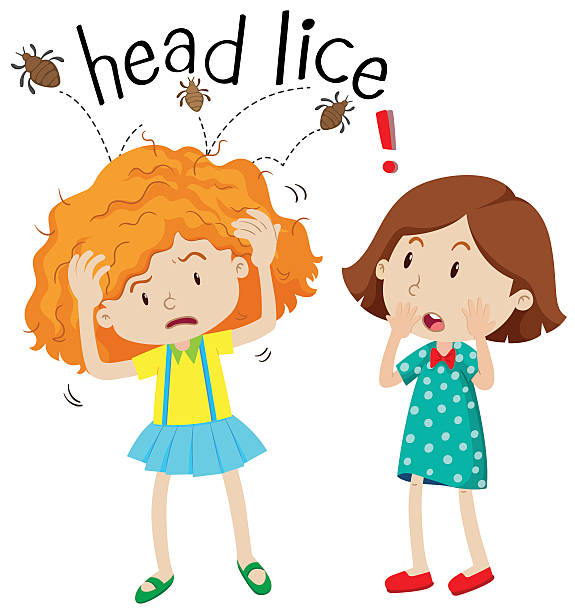Head lice affect millions of children every year. Schoolchildren are commonly affected by head lice, which attach to hair and feed on human blood.
“Although head lice are a year-round problem, the number of cases usually peaks during back-to-school time in the fall and again in January,” says Patricia Brown, M.D., a dermatologist at the U.S. Food and Drug Administration.
Here are some tips to protect your children and your family from this menace.
Who Is at Risk for Getting Head Lice
No matter how good your personal hygiene or how well you clean your home, you can get head lice (Pediculus humanus capitis).
The most common way to get head lice is direct contact with someone who has head lice. Children who spend a lot of time together in close quarters, such as playing or during sports activities, are at risk. Because children play so closely together and often in large groups, lice can easily travel from child to child, especially when they touch heads while playing or talking.
The Centers for Disease Control and Prevention estimate that 6 million to 12 million cases of head lice occur each year in the U.S. in children ages 3 to 11. Head lice cases are most common among children attending childcare or school, and the household members of children with head lice.
Head lice do not live on animals, and you cannot get head lice from your pets. Head lice feed only on humans.
Identifying and Treating Head Lice
Head lice are blood-sucking insects about the size of a sesame seed and are tan to grayish-white in color. They attach themselves to the skin of the head (scalp) and lay eggs (nits) in the hair. Although uncommon, head lice can be spread by sharing clothing or belongings.
You can check for head lice or nits by parting the hair in several spots. Use a magnifying glass and a bright light to help spot them. Lice don’t fly or jump; they move by crawling.
Because head lice can move fast, it may be easier to spot the nits. Nits can look like dandruff. You can identify them by picking up a strand of hair close to the scalp and pulling your fingernail across the area where you suspect a nit. Dandruff will come off easily, but nits will stay firmly attached to the hair.
FDA-approved treatments for head lice include nonprescription (over-the-counter, or OTC) and prescription drugs in shampoo, cream rinse (conditioner), and lotion formulations. Some of these drugs are available in kits that include a small, fine-tooth comb. Separately packaged lice removal combs or comb-like devices are also available and used to remove and/or kill lice and nits.
“Many head lice products are not for use in children younger than 2. So read the label carefully before using a product to make sure it is safe to use on your child,” Brown says.
Talk with your child’s health care professional or your pharmacist about the recommended treatments based on your child’s age and weight. Treatments should be used on children only under the direct supervision of an adult.
Help Your Family Prevent Head Lice
- Teach children to avoid head-to-head contact during play and other activities at home, school, and elsewhere (for example sports, playgrounds, slumber parties, and camps).
- Teach children not to share clothing and supplies, such as hats, scarves, helmets, sports uniforms, towels, combs, brushes, bandanas, hair ties, and headphones.
- Disinfect combs and brushes used by a person with head lice by soaking them in hot water (at least 130°F) for 5 to 10 minutes.
- Do not lie on beds, couches, pillows, carpets, or stuffed animals that have recently been in contact with a person with head lice.
- Vacuum the floor and furniture, particularly where the person with lice sat or laid. Head lice survive less than one or two days if they fall off the scalp and cannot feed.
- Clean items that have been in contact with the head of a person with lice in the 48 hours before treatment. Machine wash and dry clothing, bed linens, and other items using hot water (130°F) and a high heat drying cycle. Clothing and items that are not washable can be dry-cleaned or sealed in a plastic bag and stored for two weeks.
- Do not use insecticide sprays or fogs. They are not necessary to control head lice and can be toxic if inhaled or absorbed through the skin.
- After finishing treatment with lice medication, check everyone in your family for lice after several weeks. If you find live lice, contact your health care professional.
Source: https://www.fda.gov/consumers/consumer-updates/treating-and-preventing-head-lice



